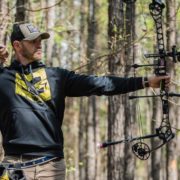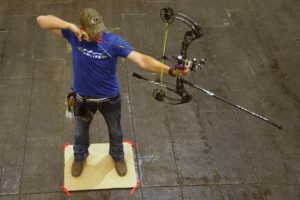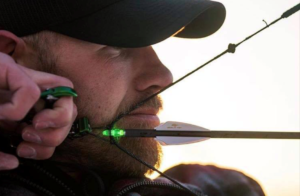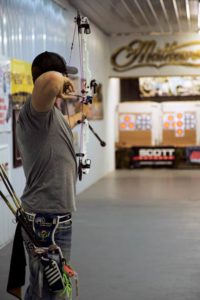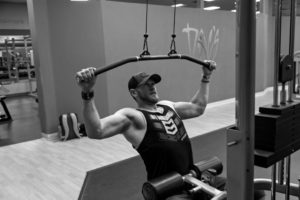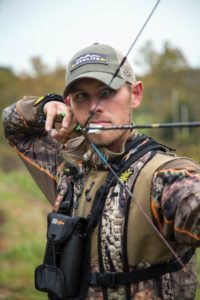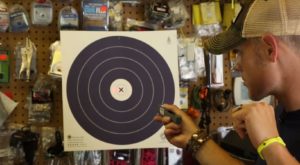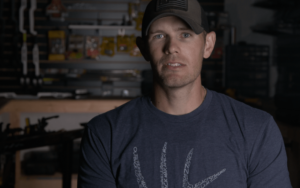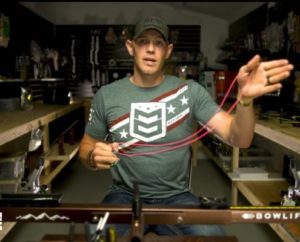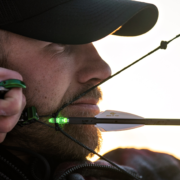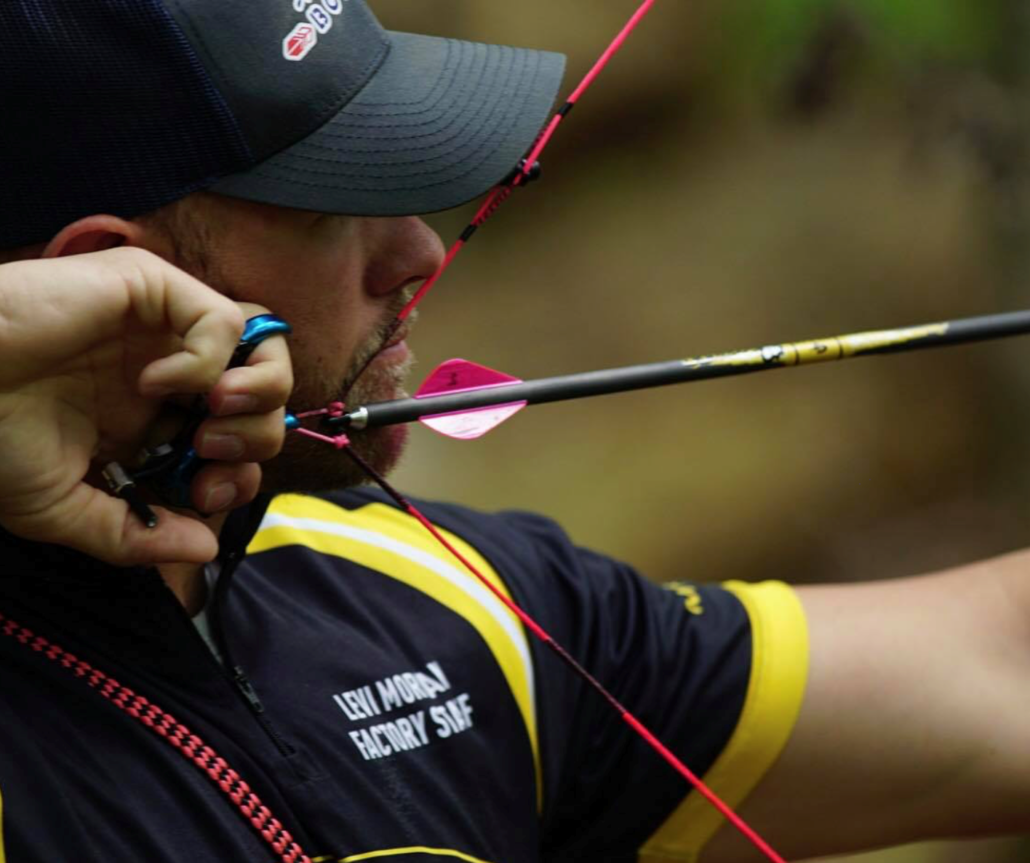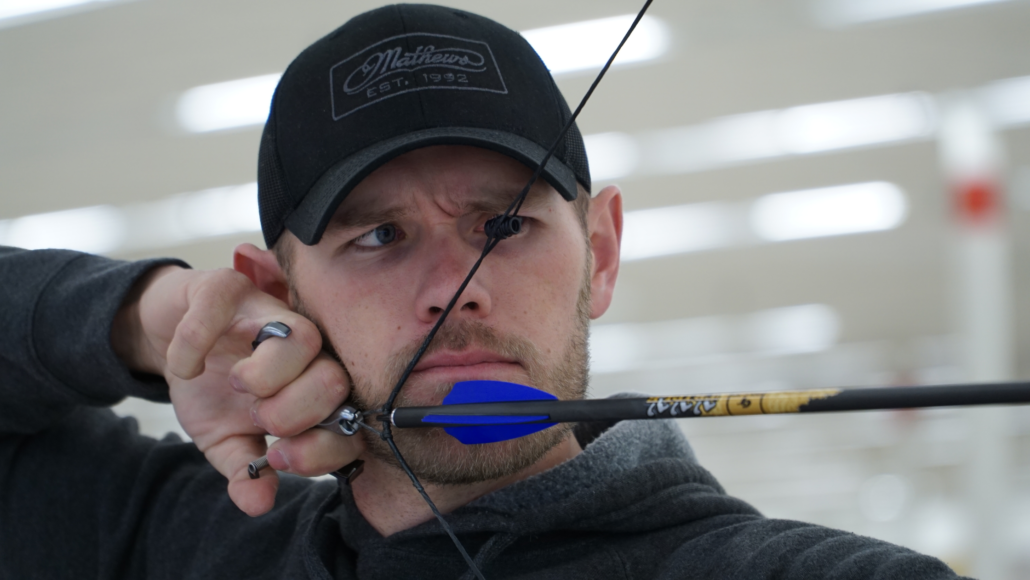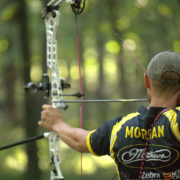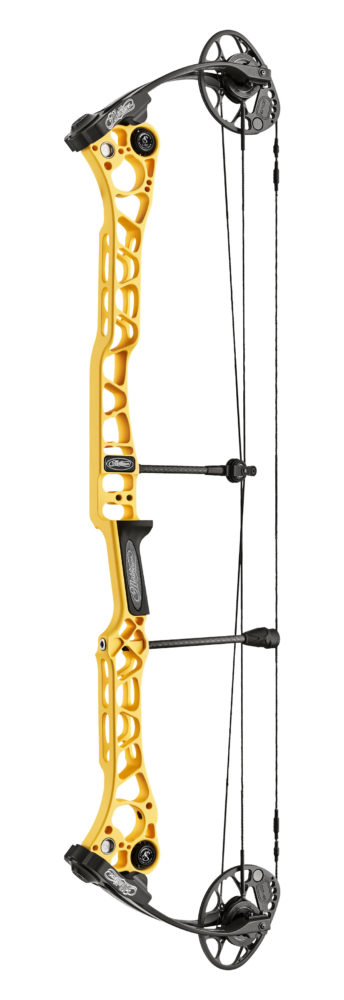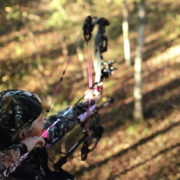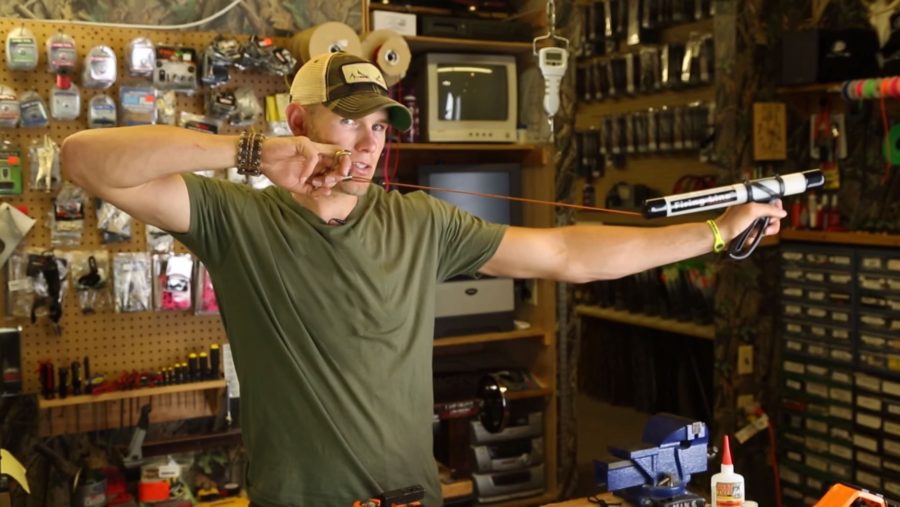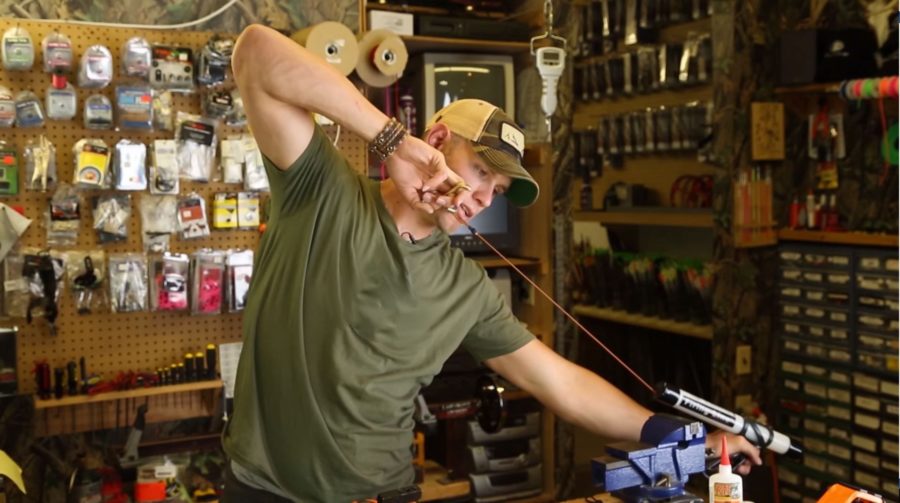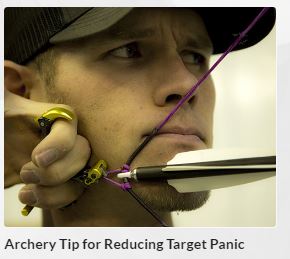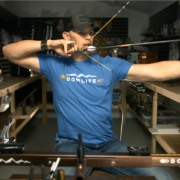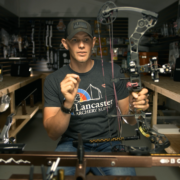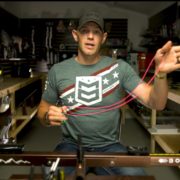10 Shooting Details to Focus on Improving this Summer
Archery Tips | 10 Things To Work On This Summer
With warmer temperatures and longer days, summer is the ideal time to focus on some of the finer details of your archery shooting performance. Summer bow practice is common place for any bow hunter, but focusing on specific details could drastically improve your performance. From refining your thought process to improving your breathing, details lead to being a more consistent archer. For this archery tips blog, Samantha and I outline 10 shooting details you should focus on during your summer bow practice.
1. Shooting Stance
This is a great time to focus on your shooting stance. Any variations in your stance will cause variations in your shot. When you are in that high-pressure moment of shooting a deer, it’s crucial that your stance is instinctive, and the best way to do that is to consciously practice it this summer.
I recommend opening your stance up. Many archers close themselves off from the target, which forces them to turn their head into an uncomfortable position. Instead, keep your stance open enough allowing you to feel more comfortable.
I also recommend keeping your feet shoulder length apart and toes pointed slightly out. Keep in mind, the most important aspect is what feels most comfortable to you.
Once you find a comfortable stance, have someone trace your feet. Then, leave everything set up in its exact position and practice from this mark consistently. Before long, this will become a repeatable stance when practicing and on the stand.
You can read more details on my archery stance tips here.
2. Bow Anchoring
Having a consistent anchor point is critical to success. However, despite what many archers think, making it consistent involves more than just one thing. That is why I follow a three-point process: release-to-hand, hand-to-face, and string-to-face. By keeping all three repeatable, I’m able to have a more consistent shot.
Release-to-hand means keeping the release in the same spot in the hand during every shot. To do this, find a place that feels comfortable to you than consciously practice it until it becomes the only place that feels right. Marking this spot on your hand may even be beneficial in the beginning.
After your release-to-hand position is set, find a comfortable hand-to-face position. I personally recommend lightly touching your hand to the same place on your face every time. For me, this position is placing my knuckles along the jaw line.
The third and final anchoring point to practice this summer is your string-to-face contact. I recommend lightly touching the string to your nose. This is one of the easiest places to anchor consistently, helping prevent slight movements that would otherwise be hard to trace along the face.
For a more in depth look at anchoring, you can read my three point anchor article here.
3. Back Tension Form
Summer is a perfect time to refine how you draw your bow. When it comes to this form, sometimes small changes can make significant differences. One of these changes may be how powerful your draw is. For example, one of the issues I’ve had with my draw in the past has been my use of the traditional “back tension” method. Although this was once necessary, with the modern technology found on bows, I’ve found that a powerful back tension draw is no longer relevant. In fact, too much of this “push and pull” can be the cause of inconsistencies.
Why is this? Because modern bows now have greater let off. This means that too much “push and pull” allows for too much force with nowhere to go.
For example, once you hit the “back wall”, your energy needs to be transferred somewhere else. This energy is often then transferred to your release arm, causing disparities in your shot consistency. That’s why if shot consistency is an issue for you, now is the time to try something different.
With the let off technology of newer bows, a less aggressive approach can be beneficial. Instead of using the traditional back tension method, try to relax during the motion instead. Use just enough muscle to get the string back to the stop. Then, let the bow do the rest.
This motion will requiring using less muscles, resulting in less fatigue. Remember, the more consistent you can be, the more accurate you will be.
Check out my full blog on back tension form here.
4. Grip
Torque is another cause of shot inconsistencies, and is something that should be improved upon this summer. To keep torque limited, I recommend gripping with only one muscle. This is achieved by sticking your thumb at the twelve o’clock position, then turn it to the two o’clock position while keeping the rest of your fingers tucked behind the grip. That way you are taking away the “life-line” of your hand. This reduces the chance of “over-gripping”, which is the cause of the torque.
It’s also critical to keep your grip “relaxed”. That’s why I recommend spending this summer consciously practicing a loose and minimal grip. That way it’s a subconscious response this fall.
Watch my video on the importance of your archery grip and torque here.
5. Mental Focus
Usual summer bow practice is the perfect time to prepare for stressful situations. Instead of calmly shooting in your backyard, try to ramp up the stress. These are the situations that cause your adrenaline to pump and make your knees weak. However, you might be wondering “how do you prepare for these stressful situations that you can’t replicate?” The answer is to subconsciously prepare for them.
To do this, it’s important to spend your time focusing on one small spot. By training yourself to do this, you’ll teach yourself to be more consistent no matter how hard your adrenaline is pumping. By learning how to focus on only a small spot this summer, you can learn how to subconsciously focus on only one small spot this fall. Being able to do this under stressful conditions will be critical to your success.
Read my advice on preparing your body, equipment, and especially your mind here.
6. Breathing
Something as simple as practicing your breath can help you execute a great shot when you need it the most. That’s why this summer is the perfect time to practice when to breathe. Learning when to breathe, and doing it repetitively, will be the key to keeping your composure come fall.
It is important to breath at the right moments. There are key times when I recommend breathing. First, I recommend breathing during the draw. Then, I make sure to take a final breath as the pin settles in, and hold that air in my lungs as I release the shot. It’s important to keep in mind that breathing too early will cause panic, while breathing at improper times will cause the pin to bounce. That’s why practicing breathing this summer will help you execute it subconsciously when you need it the most this fall.
Read my blog on breathing while shooting here.
7. Target Panic
This summer is a great time to combat target panic. Many archers will come down to the target and when they reach the middle, they will immediately fire the shot.
To improve this, I recommend taking two weeks this summer to practice aiming without ever firing a shot. In fact, I don’t even recommend that you put your finger on the trigger.
Instead, simply pull back, aim, and hold. When the shot starts deteriorating, let up and regroup. Do this fifty to sixty times a day for the next two weeks. Before you know it, that pin will sit there longer than before. This helps you keep your composure in the field, and reminds you that seeing your target doesn’t mean it’s the perfect time for a shot.
Here is a blog and video with a solution to beat target panic.
8. Thought Process
Just like everything else in this guide, having a consistent thought process is crucial for execution, especially when faced with buck fever. Although it’s always important to practice this process, summer is a perfect time to make this process better.
Everyone’s process is different. However, my thought process consists of a mental checklist. Here I focus on a single step of the process rather than the big situation. This means focusing on ranging and aiming, rather than releasing. By practicing the steps in this guide, the release ends up being a subconscious movement, and I won’t succumb to the pressure of buck fever.
9. Shot Timing
Accuracy is all about repeatability. Shot timing is no different. This means trying to keep the same amount of time between the anchor and the release. For me, this is a three to four second window from the time I “anchor” to when the release fires. Staying consistent with this time is crucial to keeping groups as consistent as possible.
Here is a video on my tips for archery shot timing.
10. Focus on Scenarios
After you’ve been consistently improving your shooting technique, I recommend spending some of your summer bow practice sessions focusing on each possible scenario you may be faced with. This means if you might be shooting sitting down, then practice from a seated position. If you are a spot and stalk hunter, then practice shooting from kneeling position. Consider practicing from different angles, different stands, and especially different distances. Utilize the consistencies you’ve built from focusing on the tips listed above, and put them to use in real world situations.
The Ultimate Goal
All of these points and archery tips have one goal: to help you become more consistent. As I’ve mentioned before, repetition is everything in archery and summer is the perfect time to make the smallest details consistent. Putting conscious effort into these details and practicing them consistently, will allow you to repeat them instinctively. This will assure you are going to perform at your best when you are faced with that buck of your dreams this fall.

